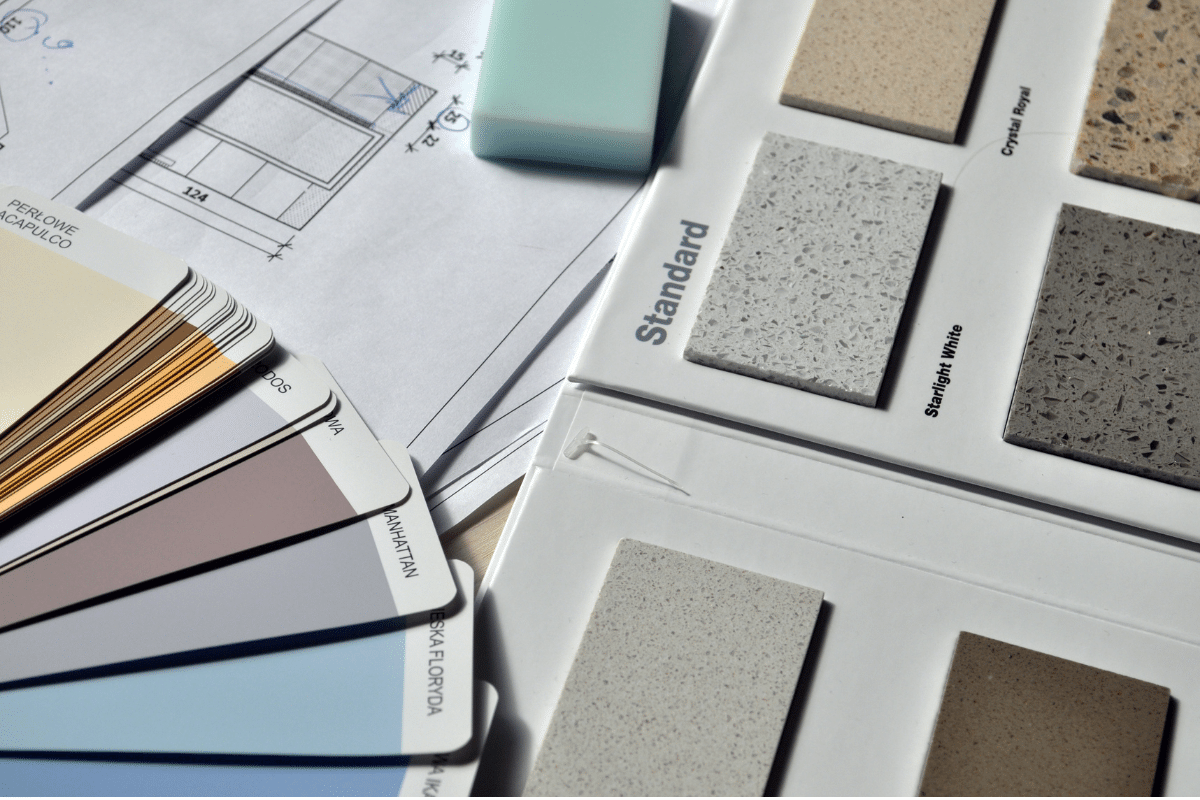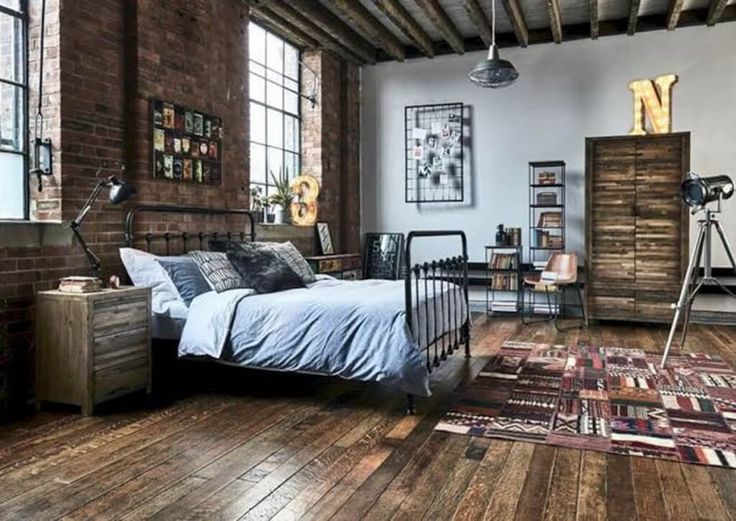The U.S. Bureau of Labor Statistics reports that three areas in Interior Design—Environmental, Elder, and Ergonomics—are growing in demand. Extensive knowledge in any or all of these parts of the industry can be a positive move in your career.
Environmental interior design, also called green interior design, is becoming a field that’s growing in demand. Because of the rise of concern about global warming and other natural phenomenons, many businesses have set their priorities on having eco-friendly surroundings. The public’s growing awareness of conserving the environment increases the call for remodeling efforts. This has benefited interior designers tremendously.
Environmental
Green interior designers, or environmental design specialists, are responsible for choosing chemical-free furnishings and carpeting. They also select hypoallergenic items for establishments and production materials that conserve energy or that are made from renewable resources. Items range from eco-friendly countertops to sustainable fixtures. The overall objective is to provide clients with the privilege of having good air quality and making the areas healthy and enjoyable to the highest degree possible.
Elder
Elder design is another field that’s becoming increasingly popular. Designers focus on making interior spaces more comfortable, safe, and accessible for the growing population of senior citizens. Professionals in this area generally interact with several kinds of clients, from homeowners who are the primary caretakers of aging relatives to senior citizens’ independent living apartments.
Designers supply slip-resistant rugs, handrails, specially crafted doorknobs, and well-lit spaces to meet the distinctive needs of the elderly. Grab bars in bathrooms and handheld showerheads are also elder-specific designs.
Ergonomic
Ergonomic design involves designing interior spaces that highlight stress reduction, lessening muscle strain, condensing physical effort, and secure positioning of the body. Many corporate offices, healthcare facilities, and homeowners hire designers to meet these needs in order to reduce costs on safety and workers’ compensation issues.
These practical applications effectively minimize hazards, facilitate higher productivity rates, and encourage happier living. Unique chairs and keyboards are some of the most common equipment requests.
Environmental, elder, and ergonomic design often overlap each other. In other words, one field leads to catering to another. Natural ventilation systems and user-friendly thermostat controls, for example, are valuable items for green companies as well as for the wellbeing of the aging population. Also, specially crafted desks that support good posture are helpful for the elderly to alleviate bone conditions, as well as being convenient up-to-date furnishings for employees at environmentally-aware organizations.


